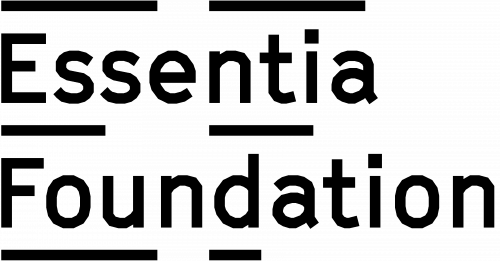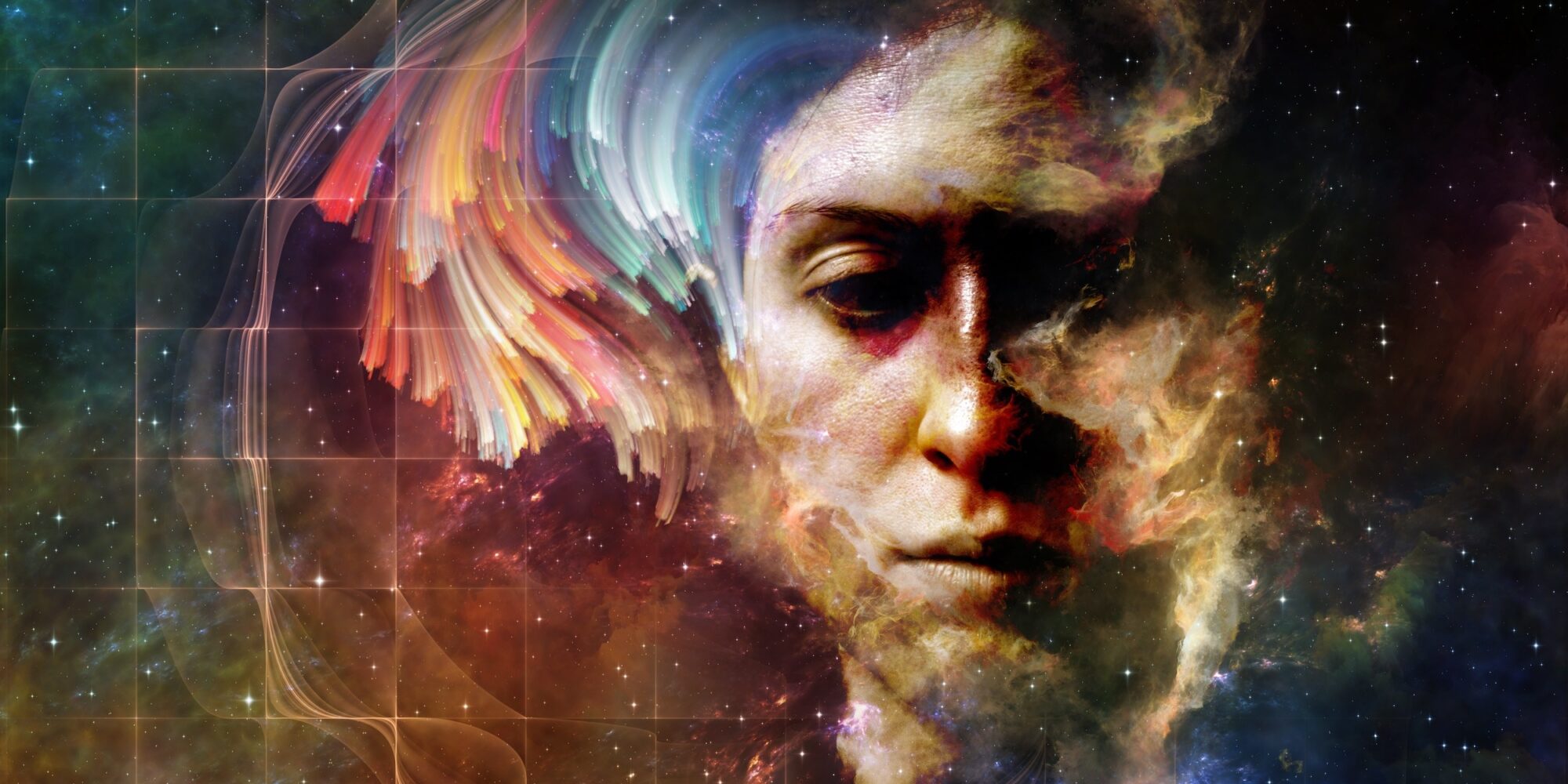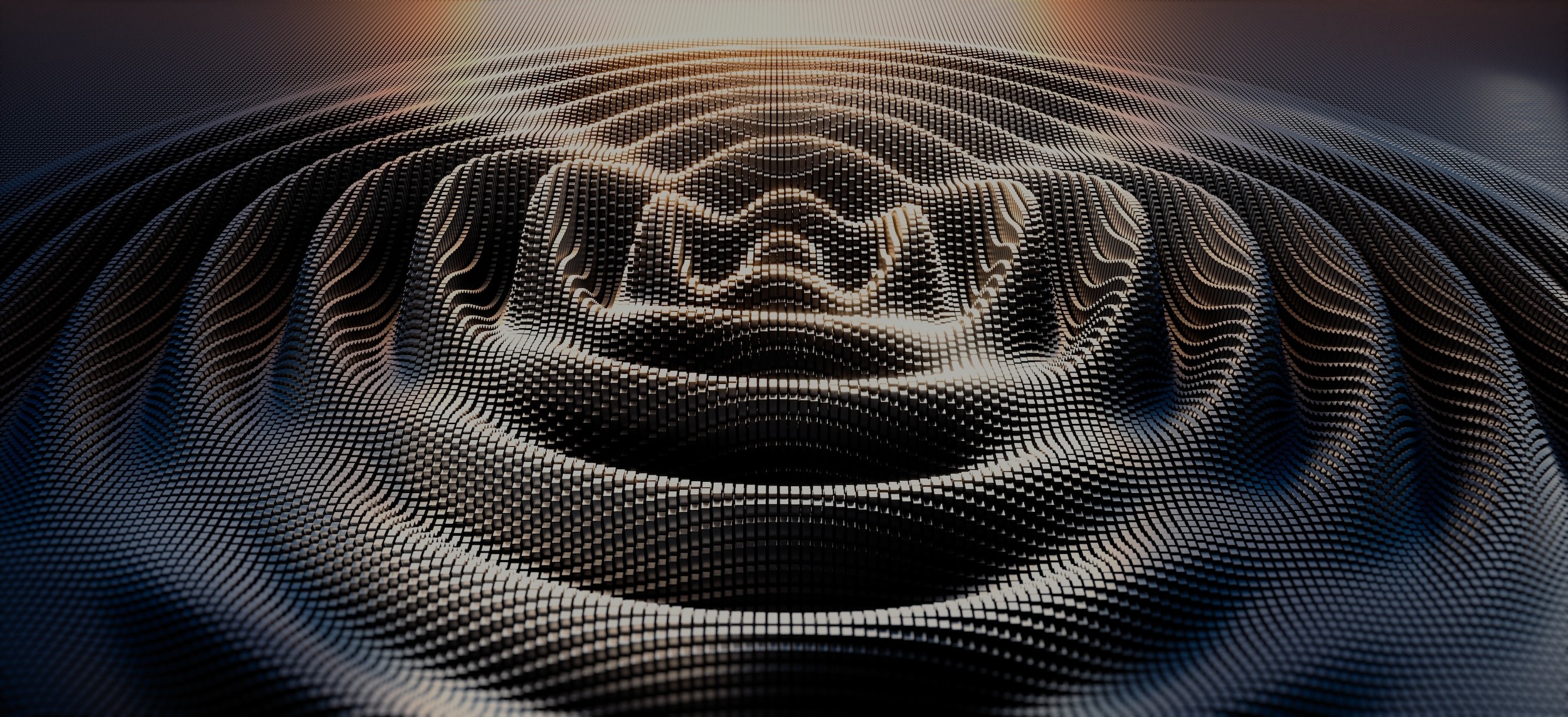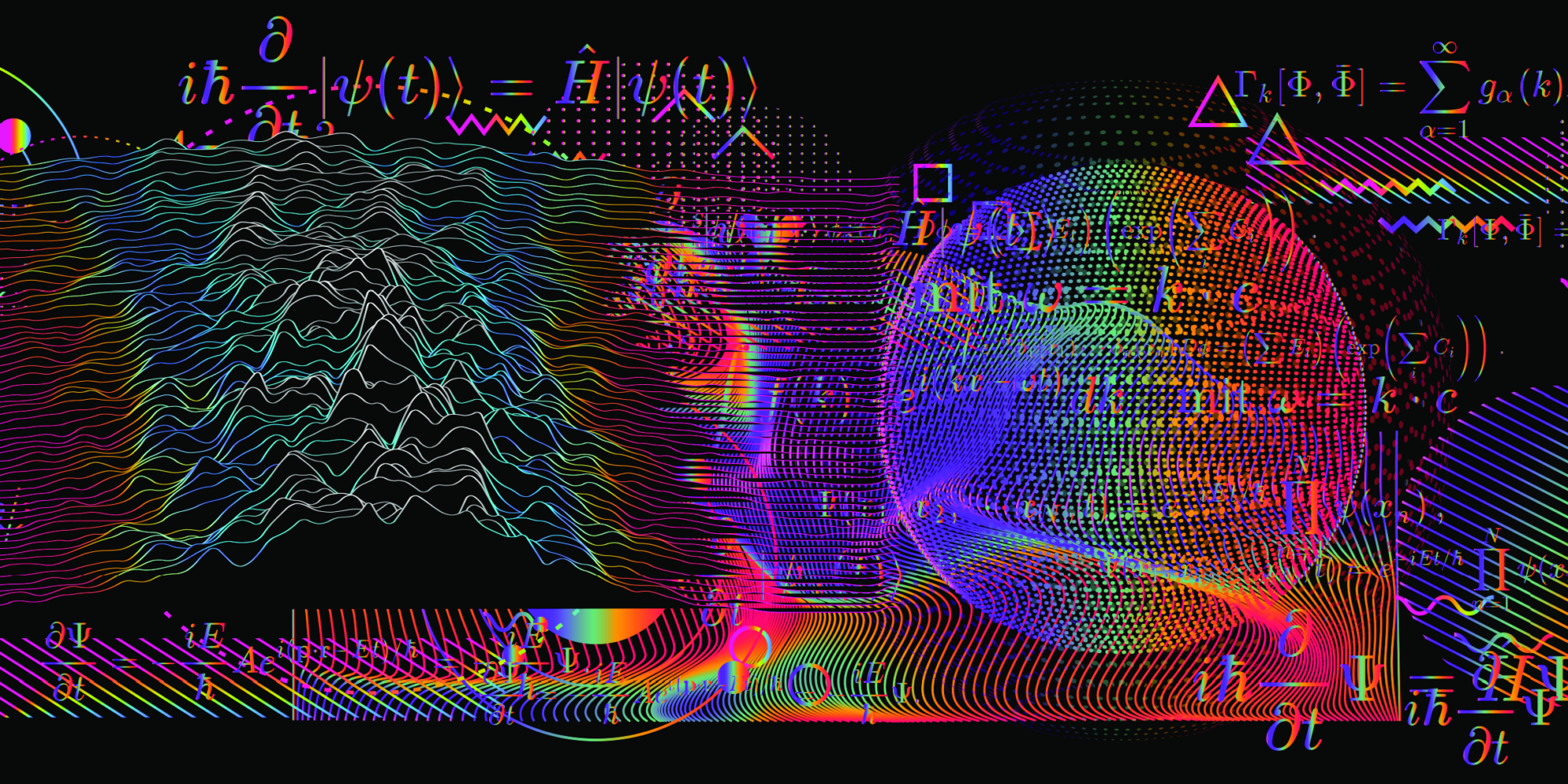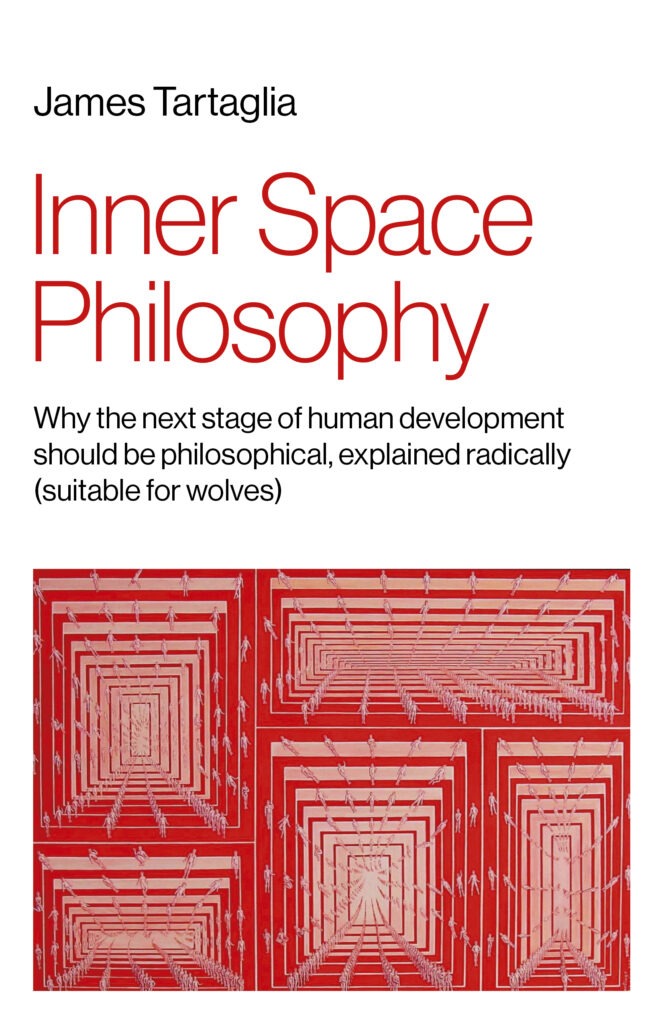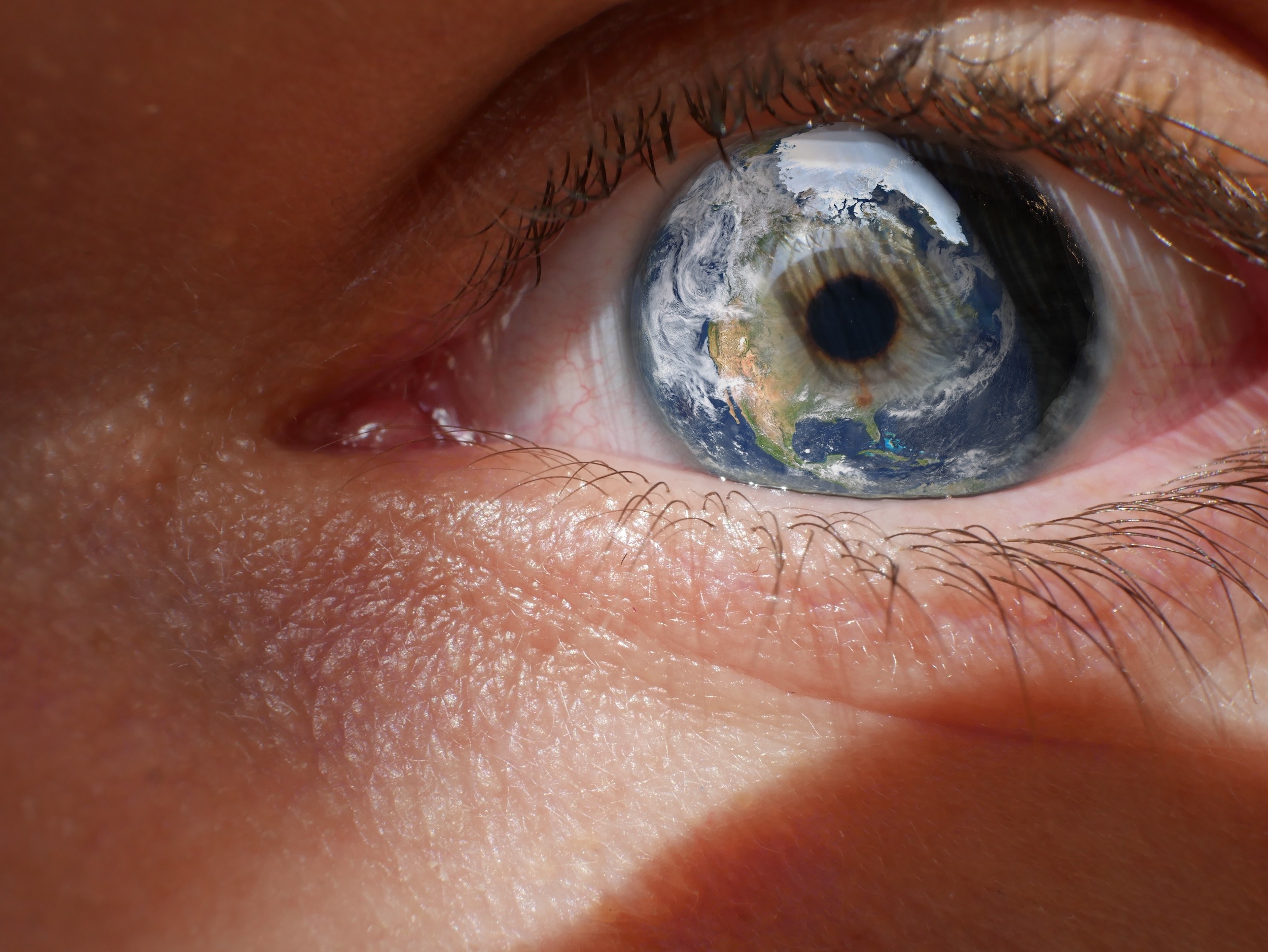Analytical Idealism’s assumption that the mind is the fundamental basis of the world raises profound questions about the relationship between structure and subject. A useful approach to discussing these questions can be found in structural psychoanalysis, as developed by the French psychiatrist Jacques Lacan.1 It conceptualizes “the unconscious” as a language-like structure from which the subject emerges. By bringing structural psychoanalysis into dialogue with the principles of Analytic Idealism, we open up new ways of exploring the complexity of human experience.
This essay is also intended to make a complementary contribution to Arsanious’ profound analysis of the biblical Fall of Man, in which he considers the Kantian distinction between the phenomenal and the noumenal.2 I build on his argument that the misrecognition of these levels raises central questions about our experience of the world. By integrating structural psychoanalysis, I try to shed light on how unconscious processes influence this misunderstanding and shape our experience of reality.
Introduction
Structural psychoanalysis, which emerges from the therapeutic experience of treating symptoms by speaking, assumes that the unconscious has a language-like structure. To say that “the unconscious is structured like a language,” from the point of view of psychoanalysis, is the same as saying that “the unconscious is structured.” For structural psychoanalysis, a structure is always the structure of a language. The material of the unconscious is therefore of a linguistic nature: it consists of signifiers.
Subject and structure
What is the difference between a signifier and a sign? The signifier, in contrast to the sign, is not that which represents something for someone, but that by which the subject is represented for another signifier. The sentence “the unconscious is structured like a language” does not just mean that the unconscious consists of signifiers; it is about the unconscious and the relationship between structure and subject. This is where psychoanalysis differs from the natural sciences and linguistics, which exclude the subject. If psychoanalysis is about structure, then it is about the relationship between structure and subject. This is the strange thing about it, because it implies that the subject is inseparable from every structure. Or can you imagine a structure without a subject being involved?
The Signifier
“The signifier is that by which the subject is represented for another signifier.” This formulation is a deliberate departure from the classic definition of a sign, which states: “A sign represents something for someone.” A sign is about representing a consciousness. Structural psychoanalysis, on the other hand, eliminates this direct reference: the signifier does not represent something for someone, but for another signifier. This relational structure of representation eludes consciousness.
Interaction between signifiers
In structural psychoanalysis, it is not the individual signifier that represents the subject, but a chain of signifiers. The subject is indirectly contained in this chain. The chain continues from one signifier to the next. In a simple sentence such as “I love you,” the subject is represented by the signifier “I” for the signifier “love.” And “love” leads to the signifier “you.” What is important here is that the subject is not the signifier “I” but instead only represented by it, and that the representing signifier refers to another signifier. The subject is determined by this concatenation of signifiers, it is the product of this connection and not what controls the concatenation. The subject is a subjectum, a subordinate.
The unconscious as knowledge
In structural psychoanalysis, the unconscious is understood as a chain of signifiers. Since it is about the relationship between signifiers, the unconscious is a knowledge whose simplest form is the difference between the signifiers. The subject appears twice here: as that which is deciphered in this knowledge and as that which deciphers this knowledge. The process of deciphering the unconscious takes the place of what is commonly referred to as self-awareness. This definition also sets itself apart from the idea that psychoanalysis is concerned with the “subject” in the everyday sense, a subject that communicates with another—i.e., with “intersubjectivity.” The relationship at issue here is one between signifiers, not subjects.
Differentiality of the signifiers
In structural psychoanalysis, the signifier is seen as an elementary component of the (language) structure, which is not defined by its own substance but by its relationship to, and difference from, other signifiers. Signifiers have no inherent meaning or substance; their meaning arises solely from their position and function within the structure of the signifier network. The signifier is nothing but the difference from all other signifiers.
The ultimate basis for the functioning of the language structure as a system of signifiers is therefore the difference, the difference as such, the absolute difference. This difference is the difference that underpins the signifier system.
Structural psychoanalysis shares the emphasis on a fundamental difference, for example, with the concept of the “Ur-alternatives” of Carl Friedrich von Weizsäcker (1912–2007),3 a renowned German physicist and philosopher who argued that the basis of the physical world consists not of material particles or waves, but of fundamental binary decisions—the Ur-alternatives. These decisions, similar to bits in digital computer technology, represent the simplest form of information: the choice between two options. Von Weizsäcker saw in these yes/no decisions a primary ontology and argued that physics can be understood as a form of information processing.
The narcissism of small differences
The concept of differentiality is based on what Freud called the “narcissism of small differences.” This narcissism refers to pure difference—to a “single trait.” The difference is so small that it is reduced to differentness, to a difference that indicates nothing more than just the presence of a difference. The “single trait” in Freud’s sense is based on absolute difference, on difference per se. It is difference reduced to empty diversity. By adopting a “single trait”—by constituting a small difference—the I (-ideal) is created through identification, which gives the subject a sense, a meaning. The single trait is therefore both identity and difference.
The “single trait” can be visualized with a tally. Each tally mark is both identical and different in relation to the other tally marks. It is identical to the others in that each can be exchanged with any other, it differs from the others in that it occupies a different position.
The subject is thus not located on the level of the one in the sense of totality, but of the countable individual. Identification with the “single trait” is identification as a single person, as a countable individual. This identification is at the same time the creation of a difference, the differentiation from others.
Trauma and primal repression
Why does the subject identify with the “single trait”? From a psychoanalytic perspective, the reason is that the subject insists on producing an experience of satisfaction that is exactly the same as an earlier one: the first foundation of the subject is the so-called primary identification and the associated experience of satisfaction that was connected with the first inscription of a marker, with the first inscription of a “single trait.” The erasure of this first foundation—the primary identification—is, in Freud’s terminology, the result of repressed trauma: “Urverdrängung,” the primal repression. In structural psychoanalysis, the primally repressed belongs to the order of the Real. The Real is that which absolutely resists verbalization and visualization in the course of psychoanalysis, that which cannot be symbolized and made conscious. Structural psychoanalysis thus refers to Freud’s fundamental concepts with which he attempted to explain certain profound psychological phenomena. Therefore, when interpreting dreams, one often encounters a critical point at which an entanglement of thoughts occurs that cannot be further unraveled. Freud referred to this point as the “navel of the dream.” This refers to the Real and bears witness to primal repression, a process in which the very first, fundamental psychological contents are repressed.
The concept of the Real is similar to Kant’s idea of the noumenal, as a reality that lies beyond our sensory experience. According to Kant, the noumenal remains unknowable to us, since our knowledge is based on the sensory experience of the phenomenal world—i.e., the contents of perception. Structural psychoanalysis agrees that the Real is unknowable, but emphasizes that the Real is inevitably involved and intervenes in our experience of the world, for which the analogy of linking Borromean rings4 can be used. It emphasizes the irrevocable presence of the Real for the subject by marking the boundaries of the symbolic and the imaginary and pointing to the unavoidable confrontation with that which eludes complete comprehension and representation.
Freud described what is originally repressed as the “ideational representation” of “das Ding,” the Freudian thing. What is “das Ding”? It is pure lack, original loss, although not a lost object in the conventional sense. The idea is the following: as soon as the subject refers to something as an object, something is already lost at the same time, “das Ding.” All possible real and ideal objects in their capacity as objects are only a vain substitute for “das Ding,” which is the name for the vain desire to return to a world before trauma, in which there was still no difference between the subject and his objects.
That which absolutely opposes symbolization by the unconscious can be determined more precisely on the basis of psychoanalytic experience. According to Freud, the unconscious cannot conceive of its own death or of sexual difference. The subject attempts to symbolize sexual difference and death, but is unable to do so.
The need for repetition
The subject now attempts in vain to repeat the original experience of satisfaction. Insistence in the form of repetition aims to reproduce the first foundation of the subject and thus produce an experience of satisfaction that is exactly the same as an earlier one. However, the repetition of a certain experience of satisfaction is only possible if the latter is identified in some way. This particular experience of satisfaction is identified by the single trait; it cannot be repeated other than by means of this marker, this absolute difference.
The marker abstracts the experience by labelling it as repeatable. However, it is precisely the uniqueness or specificity of the original experience that the subject longs for. The achievement of the same experience of satisfaction is therefore structurally impossible, because the marker transforms the experience into a repeatable state and thus eliminates its specific uniqueness.
This paradox—i.e., that the marker simultaneously represents the access to and the blockage of the specific experience of satisfaction—leads to the subject remaining trapped in a cycle of repetition. The structural impossibility of reproducing the repressed experience of satisfaction maintains the dynamic of repetition and drives the subject to try to achieve the unattainable.
The expulsion from paradise
Shouldn’t these basic structures of the subject also be found deep in the collective myths of humanity, and not only as pictorial metaphors, but as direct manifestations of the primally repressed itself? In this context, the narrative of the expulsion from paradise proves to be not only an allegorical tradition, but also a testimony to our “collective subject structure,” the archetypal anthropos that reveals the nature of human existence. It penetrates consciousness as a narrative that seeks to articulate the unspeakable and to grasp the fundamental core of our being. This story reflects the fate of humanity, which goes far beyond what could be understood as a metaphorical interpretation.
Man, as the image of God, as the ideational representation (“Then God said, ‘Let us make man in our image, after our likeness’”5), embodies the primary identification, the original experience of satisfaction (“And God saw everything that he had made, and behold, it was very good”). In this original state, man is in perfect, indiscriminate unity with the living Word of God, which contains no idea of death (“In the beginning was the Word, and the Word was with God, and the Word was God. He was in the beginning with God. All things were made through him, and without him was not any thing made that was made. In him was life, and the life was the light of men. The light shines in the darkness, and the darkness has not overcome it.”6).
The creation of Eve from Adam’s ribs, the single trait of the “bony tally,” marks the difference between the sexes, which, however, man is not aware of (“So the Lord God caused a deep sleep to fall upon the man, and while he slept, took one of his ribs and closed up its place with flesh. And the rib that the Lord God had taken from the man he made into a woman and brought her to the man.”).
The snake, as the embodiment of difference in itself, as a single trait in the form of a line and with a split tongue, introduces the desire to be equal to God. This is about the woman—i.e., the side of the human being that emerged from the single trait. The desire to be equal to God refers to the desire for the first experience of satisfaction via marking and identification (“So when the woman saw that the tree was good for food, and that it was a delight to the eyes, and that the tree was to be desired to make one wise, she took of its fruit and ate, and she also gave some to her husband who was with her, and he ate.”). However, this means that the dynamic is subject to the above-mentioned structural impossibility or is inevitably associated with the loss of “das Ding.”
Man eats from the tree of knowledge, the capacity for binary differentiation of the “Ur-alternative” of good and evil. Good and evil for whom? For the “I”: by eating from the tree of the knowledge of good and evil, the subject enters the world of signifiers and symbolic differences as an “I” through identification with the single trait. This action marks the beginning of the subject, but also the loss of immediate unity with the divine, which is now unattainable as “das Ding,” because it lies beyond the significant differences from which the subject emerges. This is how Adam and Eve recognize their difference, of which they had no idea beforehand (“Then the eyes of both were opened, and they knew that they were naked. And they sewed fig leaves together and made themselves loincloths.”).
The unity with God is broken, man disappears as a split or dissociated subject in the form of a question addressed to the “I” (“But the Lord God called to the man and said to him, ‘Where are you?’”). God has become the Other, of which the “I” is afraid (“And he said, ‘I heard the sound of you in the garden, and I was afraid, because I was naked, and I hid myself.’”).
The fall into the phenomenal, which Arsanious refers to very aptly in his essay, therefore appears from this psychoanalytical perspective as the “I” development of the human being through the entry into the symbolic order. The subsequent expulsion from paradise and the loss of the immediate presence of God are the trauma of this fundamental separation. The access to paradise, to God and to the tree of life is lost, repressed (“He drove out the man, and at the east of the garden of Eden he placed the cherubim and a flaming sword that turned every way to guard the way to the tree of life.”). God becomes “das Ding,” the unattainable object of desire.
From then on, the subject circles around this lost “Ding” of the primal repressed. And since humans, as the subjects of the unconscious, have no concept of death and their own sexual differentiations, it is impossible for them to symbolize death and sexual differentiations. Thus, the subject is condemned to encounter death in incessant procreation, a death it does not understand, in an endless attempt to approach the inexpressible, hoping for redemption.
Bibliography
- https://www.lacanonline.com/ or https://lacan-entziffern.de/ (German)
- https://www.essentiafoundation.org/the-fall-into-the-phenomenal-how-idealism-can-help-the-creation-story-converge-with-deep-scientific-truth/reading/
- https://en.wikipedia.org/wiki/Carl_Friedrich_von_Weizs%C3%A4cker or https://youtu.be/txkh9xvpQAg?si=KjT3fWQqCUdeJnnn (German)
- https://en.wikipedia.org/wiki/Borromean_rings
- Old Testament, Genesis online https://www.biblegateway.com/passage/?search=Genesis%201&version=ESV
- New Testament, Gospel of John online https://www.biblegateway.com/passage/?search=John%201&version=ESV

